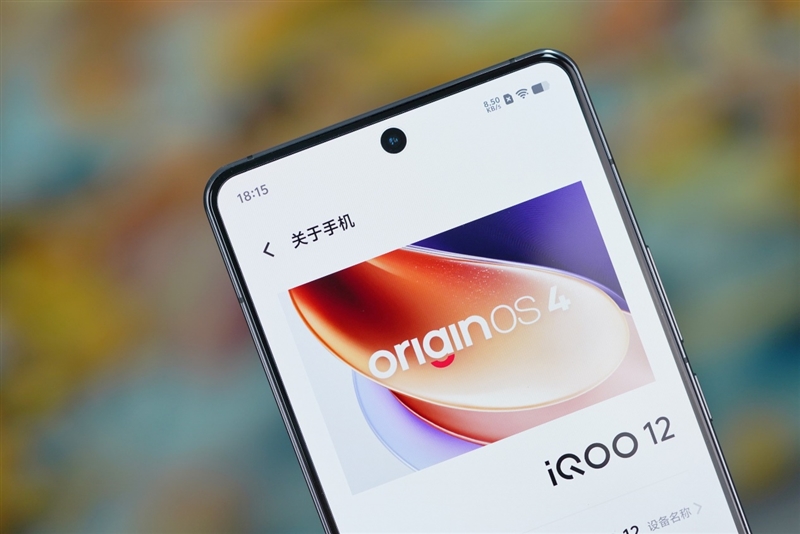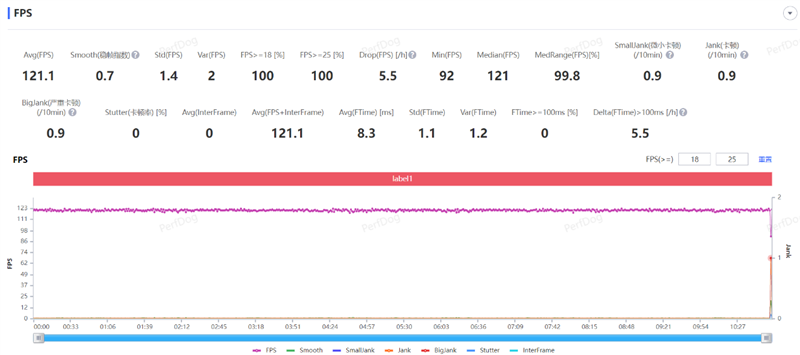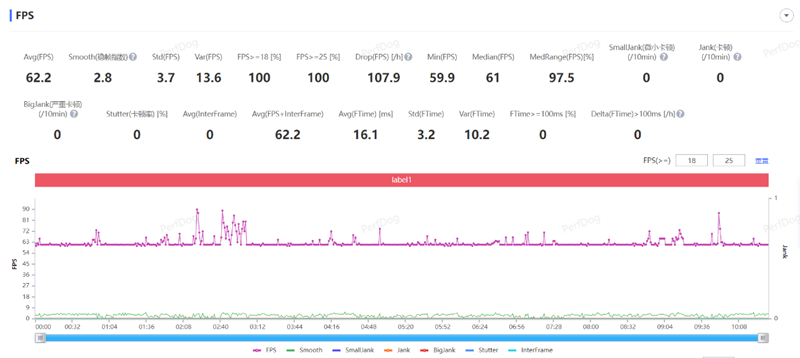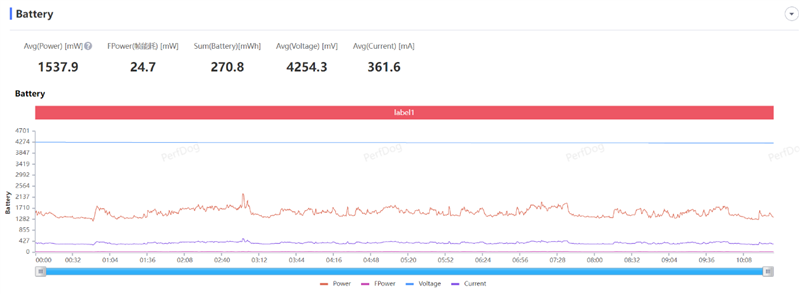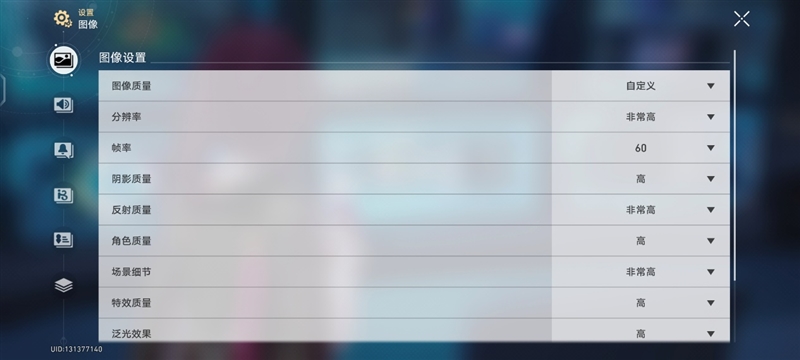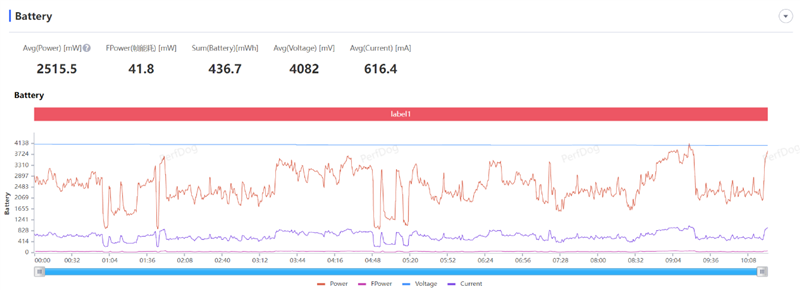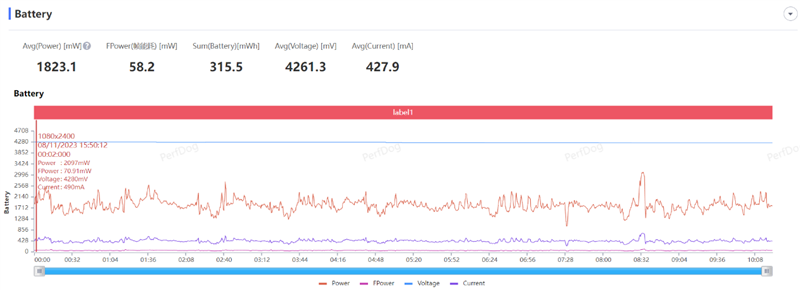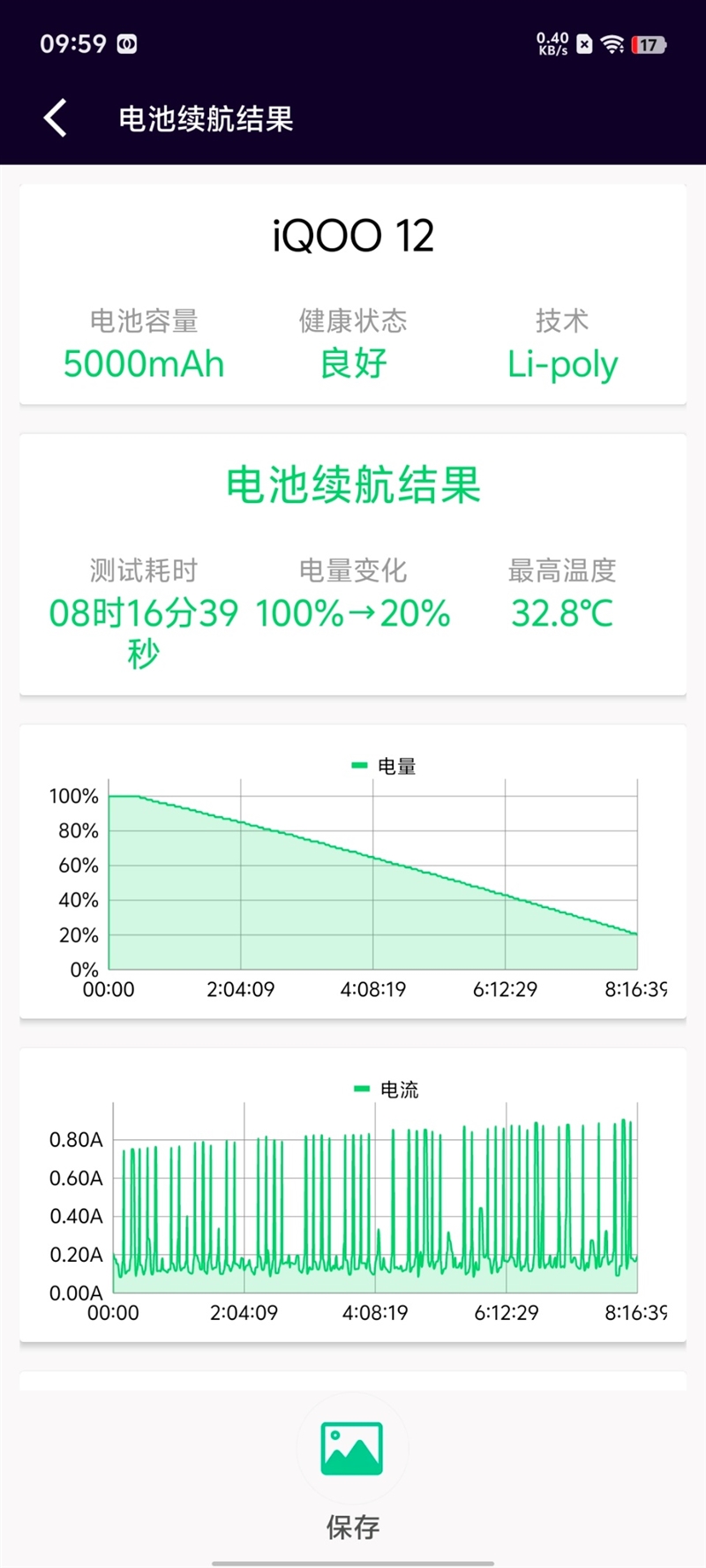Today, it has been more than two years since iQOO launched its independent graphics chip. With the increasingly mature tuning of independent graphics chips and the accumulation of related technologies, it has successfully developed its own e-sports chip Q1, which was first launched in the iQOO 12 series of mobile phones. The combination of the third-generation Snapdragon 8 mobile platform allows us to appreciate the unique style of iQOO in terms of gaming experience. The track version of iQOO 12 has entered the fast technology evaluation room. Next, we will conduct a detailed evaluation of the best iQOO mobile phone in history.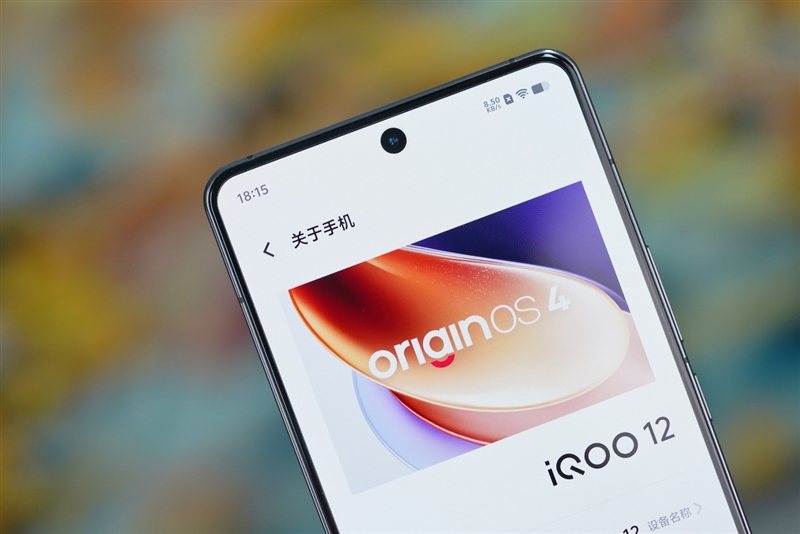
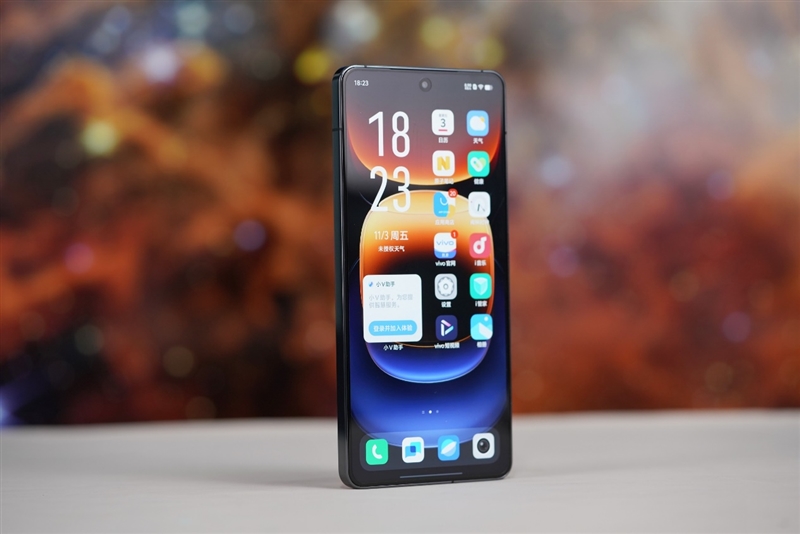
Before entering the formal evaluation, let’s take a look at the main features and detailed parameters of iQOO 12:
The first to bear the brunt must be Qualcomm’s third-generation Snapdragon 8 mobile platform. The introduction of the new N4P process and the new Cortex-X4/A720/A520 architecture has directly increased the theoretical peak performance of the mobile phone’s CPU by 30%. The Adreno 750 GPU’s peak performance has increased by up to 35%, and the overall SoC energy consumption has been reduced by 10% . .
Secondly, the entire iQOO 12 series comes standard with a full version of 4×16bit LPDDR5X 8533Mbps memory, combined with UFS4.0 flash memory and the third-generation Snapdragon 8 mobile platform, forming a new generation of performance iron triangle.
In addition, iQOO 12 introduces the self-developed Q1 e-sports chip. Through three combinations of frame insertion, improving picture quality, and reducing power consumption, the choice is given to users, bringing us a unique gaming experience.
Finally, as a high-performance flagship phone, iQOO 12 unexpectedly integrates a 64-megapixel outsole periscope telephoto lens. With 1/2 of the photosensitive unit, it is easier to cut the lens, thus achieving telephoto and macro shooting. Ability.
Design and Appearance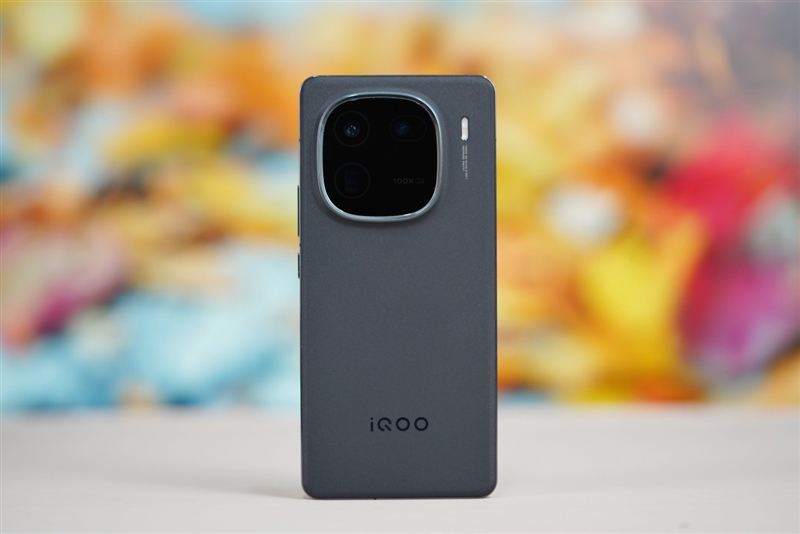
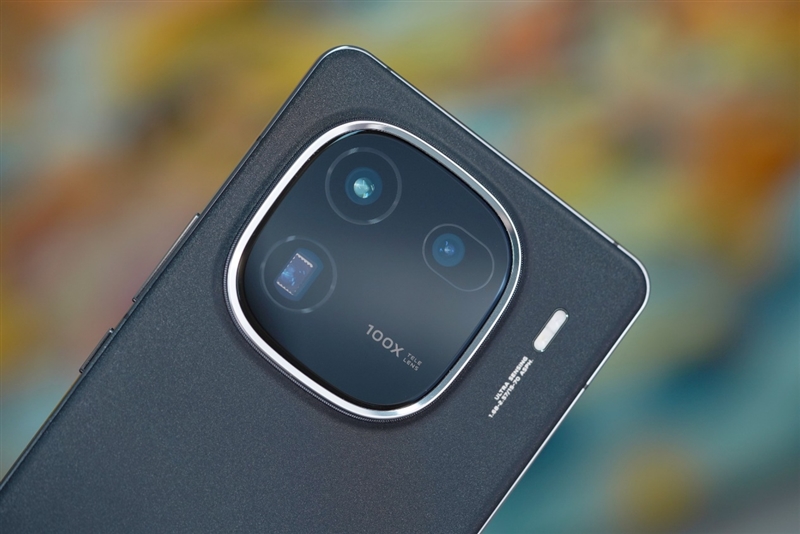
The front of iQOO 12 is equipped with a 6.78-inch Visionox 8T screen. The design of a straight screen + equal width on all four sides maintains visual unity. This screen is the same as the Pro. It uses an LTPO substrate and has a maximum refresh rate of 144Hz to achieve dynamic adaptive adjustment. The screen is 2800 x 1260, reaching the 1.5K level, plus a static contrast ratio of 8000000:1 and a 3000nit Peak brightness, and screen display quality reaches the highest level in the industry. In the center of the top of the screen, a 16-megapixel front camera is integrated.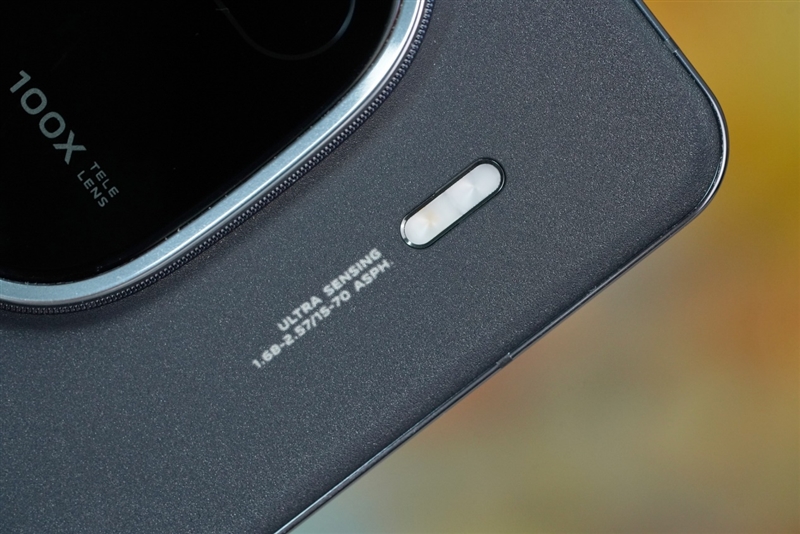
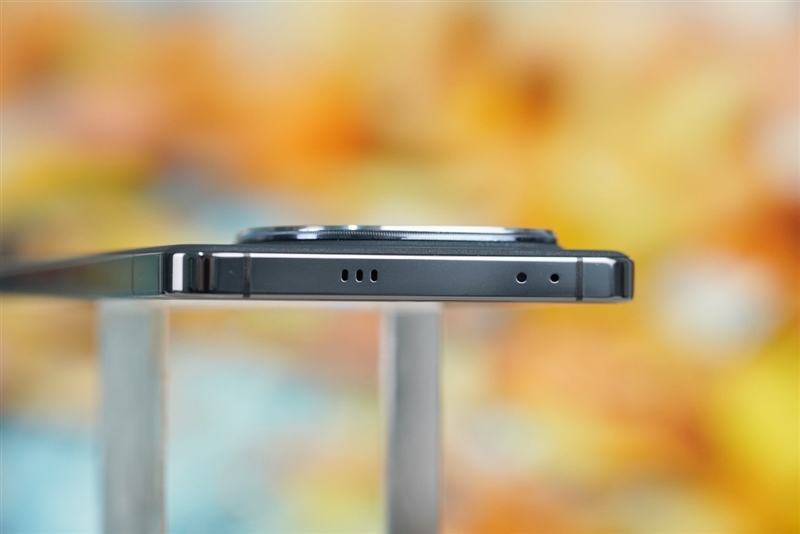
The back of the phone iQOO 12 Track Edition is made of fluorite AG glass. After hundreds of adjustments, the flash, light and shadow, and background color of the entire glass complement each other. It feels delicate and soft to the touch, and the light and shadow hit the back of the phone. It shows dots of small particles, and most importantly, this material does not stain fingerprints at all.
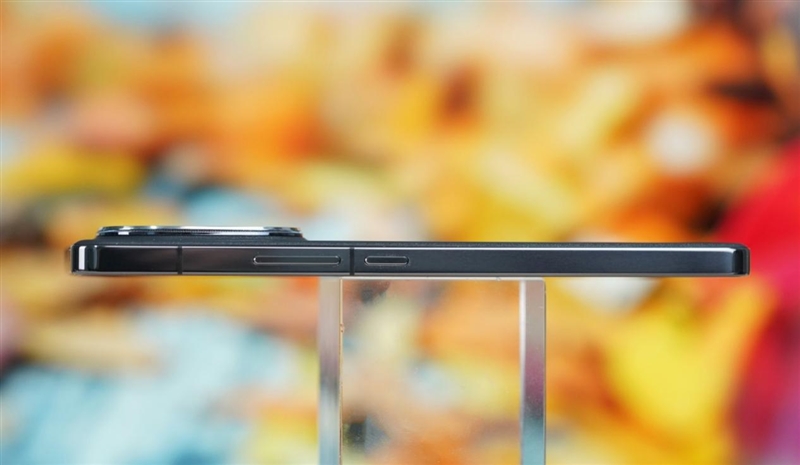
The camera module on the back of the phone adopts the new aesthetic design of Wanli Porthole, transitioning from square to round, showing the balance between square and round. The edge of the camera module is joined by 8 micro-arc edges. The frame around the camera uses etched textures. Multiple layers of textures are superimposed to create a more layered feel.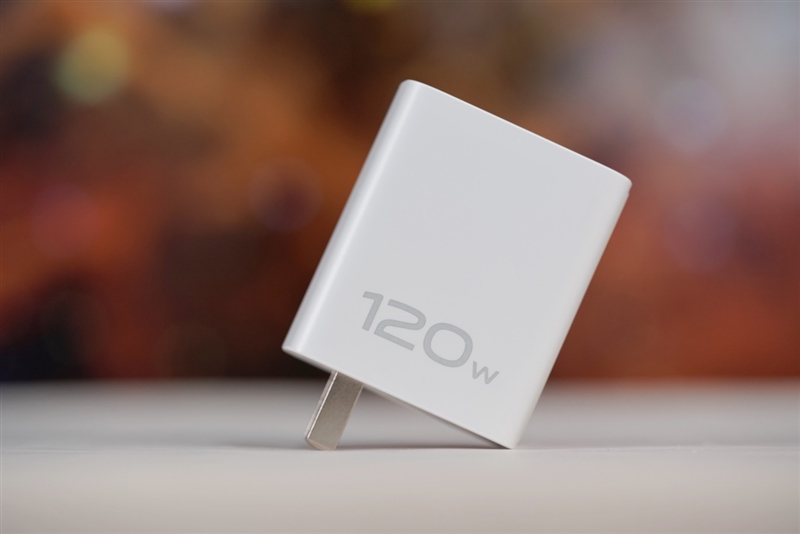
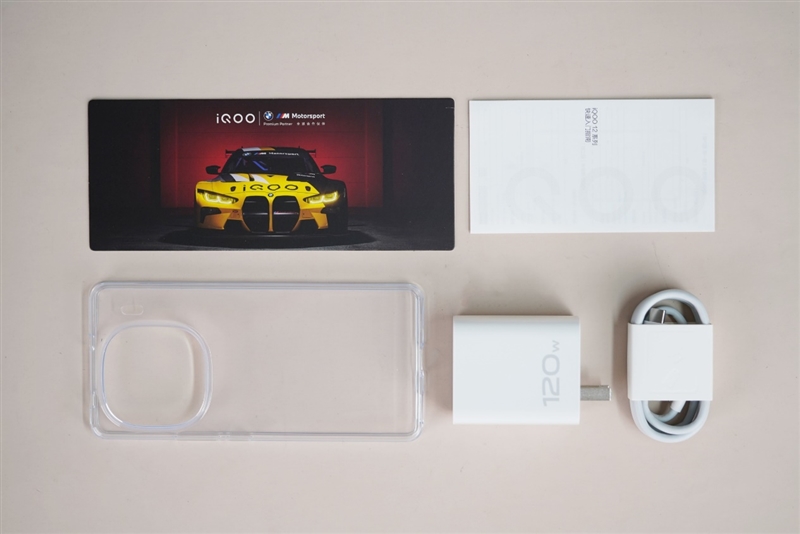
On the right side of the camera module, there is a single-color temperature LED fill light and a color temperature sensor. The top of the phone is equipped with independent speaker openings, as well as an infrared remote control sensor and a noise-reduction microphone.
The bottom of the phone is equipped with a main speaker, which forms a stereo field with the secondary speakers on the top. To the right are the microphone, Type-C interface, and SIM card slot. The right side of the phone integrates the power button and volume adjustment button.
In addition to the iQOO 12, the package also comes with a 120W super fast charging set, a transparent silicone phone case, a quick start guide, and a promotional page for track co-branded partners.
Performance and Gaming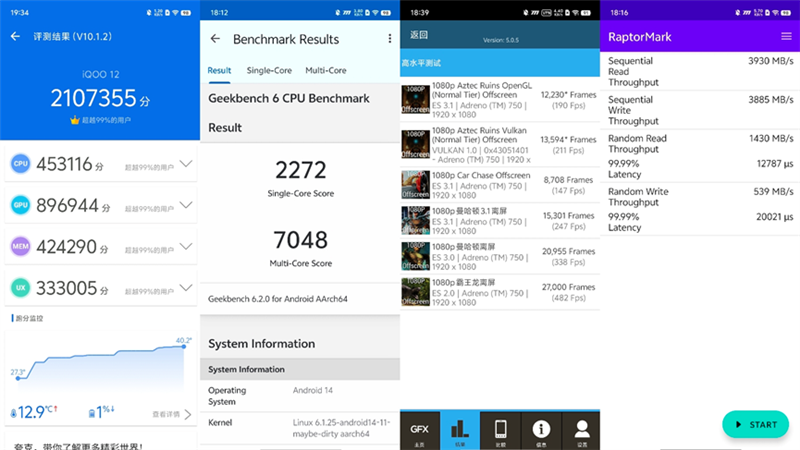
iQOO 12 is the first to be equipped with Qualcomm’s new generation 4nm flagship chip – the third generation Snapdragon 8 mobile platform. With the addition of the new Cortex-X4 ultra-large core, Cortex-A720 large core, and Cortex-A520 small core, the overall CPU performance has been improved by 30%. , energy efficiency increased by 20%.
The latest Adreno 750 GPU has a 20% increase in core size compared to the previous generation, a 35% increase in theoretical peak performance, and a 43% reduction in power consumption.
The iQOO 12 version in our hands is configured with 12GB 4×16bit LPDDR5X 8533Mbps + 512GB UFS4.0.
Next, we conducted a set of theoretical performance and game performance tests on it. During the test, we adjusted the screen brightness of the phone to 50%, turned off automatic brightness, turned off memory expansion, and turned on performance mode (Monster mode).
Performance Testing
AnTuTu comprehensive test showed that in an office environment with an indoor temperature of 23 degrees Celsius, the total score reached 2.107 million, which is about 25% higher than the previous generation iQOO 11 Pro.
Among them, the CPU score is 453,000, about 8% ahead of the previous generation, and the GPU score is 897,000, about 45% ahead of the previous generation.
In comprehensive tests, the performance improvement of the third-generation Snapdragon 8 GPU is quite obvious compared to the second-generation Snapdragon 8.
We also conducted individual tests on the CPU and GPU performance of iQOO 12 Pro.
In the Geekbench 6 test, the CPU single-core score of Snapdragon 8 Gen3 reached 2272 points, and the multi-core score exceeded 7000 points, reaching 7048 points. Compared with Snapdragon 8 Gen2, it has a performance improvement of about 10% and 25% respectively.
GPU test, GFXBench’s six 1080P projects under continuous test conditions, the results are as follows:
- Aztec Ruins OpenGL: 190FPS
- Aztec Ruins Vulkan: 211FPS
- Racing chase frame rate: 147FPS
- Manhattan 3.1 off-screen: 247FPS
- Manhattan off-screen: 338FPS
- Tyrannosaurus Rex off-screen: 482FPS
Compared with the second-generation Snapdragon 8, the third-generation Snapdragon 8 has a very significant advantage in graphics rendering capabilities, with an improvement of up to 22%.
Finally, we also tested the flash memory performance of iQOO 12. The sequential read speed was 3.93GB/s, the write speed was 3.89GB/s, the random read speed reached 1.43GB/s, and the random write speed reached 0.53GB/s. , consistent with the level of UFS4.0.
Game test
With the blessing of the self-developed Q1 e-sports chip, iQOO 12 supports super-score and frame interpolation concurrency capabilities for hundreds of mobile games, bringing double breakthroughs in image quality and frame rate to games.
In the game interface, swipe right to bring up the Game Box, which has two options: “Increase frame rate” and “Optimize power consumption.”
Improving the frame rate, as the name suggests, is to use the computing power of the Q1 e-sports chip to fill in the picture based on the previous and next frames, that is, insert intermediate frames between the original frame rates, thereby improving the overall frame rate performance of the game. When inserting frames During this period, the native frame rate of the game may be lower than the set value, and the power consumption and heat of the entire machine will increase.
Optimizing power consumption is to reduce the native frame rate of the game and render the screen through the Q1 e-sports chip to achieve a high frame effect. This reduces the utilization of the GPU, thereby reducing power consumption and heat generation.
Therefore, in the game testing session, we also selected two recently very popular mobile games: Honor of Kings and Honkai Impact: Star Railway, tested them in an office environment with an indoor temperature of 23 degrees Celsius, and recorded the smoothness of the games. , power consumption, and heat generation performance.
1. King of Glory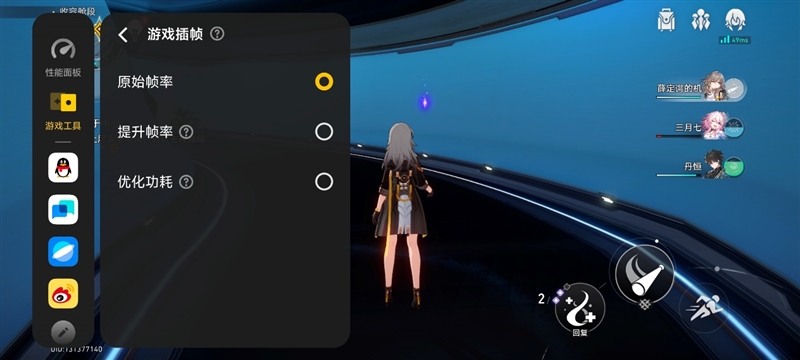
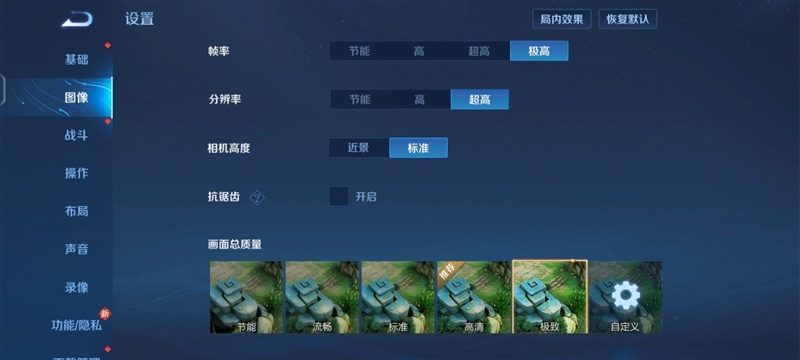
Native 120 frames
The Honor of Kings mobile game runs at native 120FPS under extreme image quality and extremely high frame rate. After a fierce battle, the average frame rate stabilized at 121.1 FPS, with an average fluctuation of only 0.7. Look at this frame rate curve stabilizing at one line. In a straight line, the game screen is smooth without fluctuations. The average power consumption has reached 3.3W, and the frame energy consumption is 27.4mW.
The temperature on the front of the phone is 37 degrees Celsius and on the back is 37.3 degrees Celsius. At this time, you can hardly feel any heat when holding the phone in your hand.
Reduce power consumption 120-60-120
Then we turn on the optimization power consumption option. At this time, the game will run at native 60 frames, with the Q1 e-sports chip rendering the screen and adding frames to 120 frames.
After testing, the average power consumption of the game has dropped to about 3W, which is about 9% lower than the native 120 frames.
At this time, we checked the temperature of the phone. The maximum temperature on the front of the phone was 37 degrees Celsius, which was the same as the native 120 frames. The maximum temperature on the back of the phone was 36.45 degrees Celsius, which was 0.9 degrees Celsius lower than the native 120 frames.
2. Collapse: Star Dome Railway
Next, we conducted a test using the new generation of “mobile phone killer” Collapse Star Dome Railway.
With the highest image quality + 60 frames mode turned on and output at the native 60 frame rate, we ran the map while fighting monsters. After 10 minutes of testing, the average frame rate stabilized at 60.2FPS, and the output was directly full frame. Although there were There are slight fluctuations, but they will not affect the overall game screen performance. The average fluctuation is only 1.3.
Then we checked the power consumption during the game. The average power consumption was 5.03W, and the frame energy consumption was 83.6mW. Faced with this kind of mobile game that takes both CPU and GPU, the power consumption is still relatively high.
In terms of temperature, the maximum temperature on the front of the phone is 43.3 degrees Celsius, and the maximum temperature on the back is 42.5 degrees Celsius. During the game, when holding the phone, you will feel heat accumulation in the camera module area, but it is not particularly hot.
Insert frame 60-45-90
Then we turned on the frame rate improvement function, and the native image quality of the game was reduced to about 45FPS. At this time, the Q1 e-sports chip will use real-time frame insertion to supplement the frame rate of the game to 90FPS, which can be captured through the screen frame rate software The real-time frame rate has reached 92FPS.
Optimize power consumption 60-30-60
Finally, we tested the game performance in the optimized power consumption mode. At this time, the game screen will be rendered with the help of the Q1 e-sports chip, and the GPU load will be halved. At this time, the native frame rate we monitored was about 30FPS, but the game was based on 60FPS interpolated frames to run.
After a game test, the average power consumption was reduced to about 3.6W. Compared to directly outputting 60 frames of images through the GPU without the help of the Q1 chip, the power consumption dropped by 28.4%.
In terms of temperature, the maximum temperature on the front is 39.5 degrees Celsius, which is 3.8 degrees Celsius lower than the default image quality. The maximum temperature on the back of the phone is 39.2 degrees Celsius, which is 3.3 degrees Celsius lower than the default image quality.
Cameras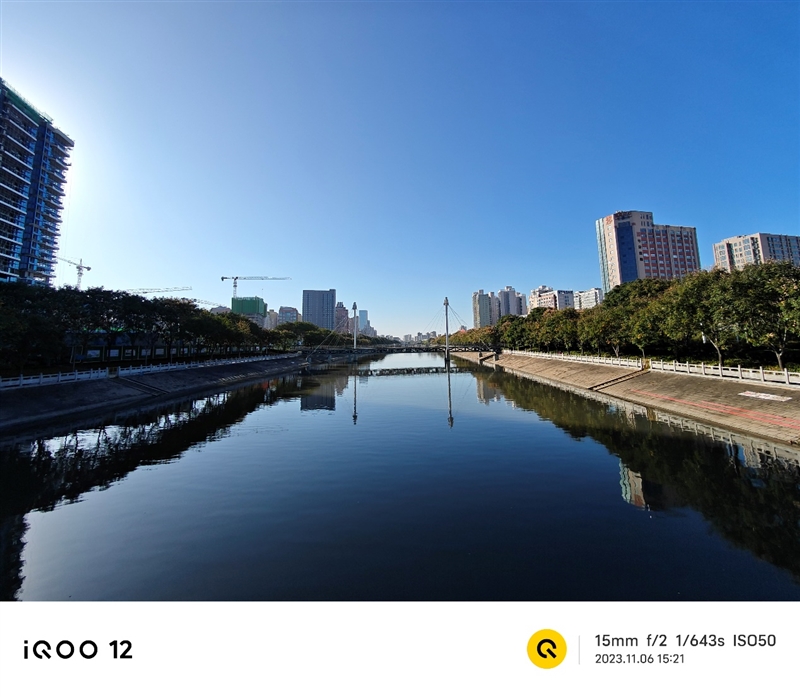
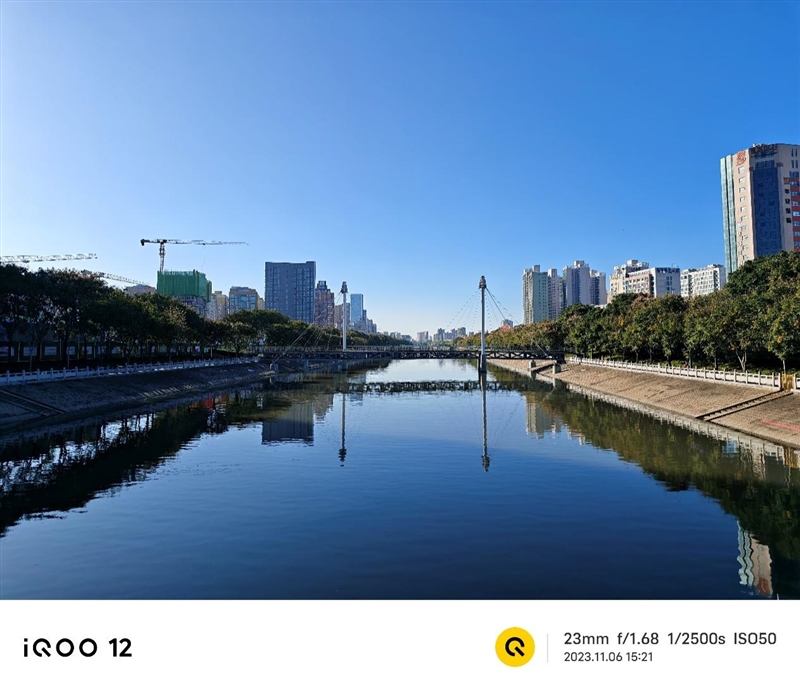
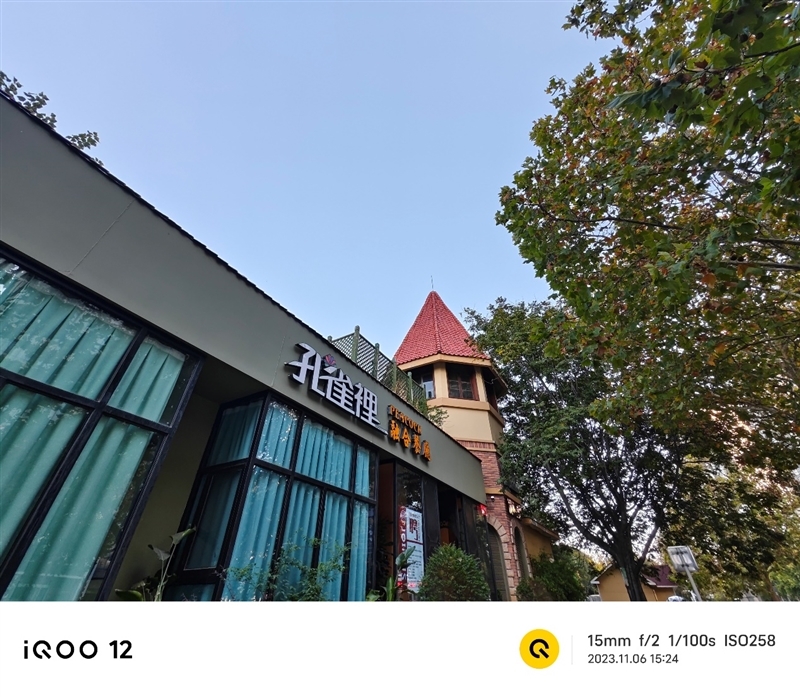
iQOO 12 uses the same camera module as Pro. The main camera is Haowei’s customized 50-megapixel VCS OV50A sensor, 1/1.31-inch photosensitive unit, 1.2μm single pixel, supports four-in-one pixel function, equivalent pixels Size 2.4μm, 23mm equivalent focal length, support OIS optical image stabilization.
The periscope telephoto lens uses a 64-megapixel OV64B sensor, a 1/2-inch photosensitive unit, a 70mm equivalent focal length, supports native 3x optical zoom, and is equipped with OIS optical image stabilization.
The ultra-wide-angle lens uses a 50-megapixel Samsung S5KJN1 sensor with an equivalent focal length of 15mm and a field of view of 119.4°.
The entire rear lens group of iQOO 12 is the same as that of iQOO 12 Pro except for one less Flicker sensor.
Next, let’s take a look at the actual image performance of iQOO 12 according to the type of camera!
In daytime scenes, the 1/1.3-inch outsole VCS main camera of iQOO 12, combined with the powerful ISP of the third-generation Snapdragon 8, can present sample photos with a higher dynamic range. The overall photos taken are very translucent, even under backlighting. Eliminate dull components from the scene.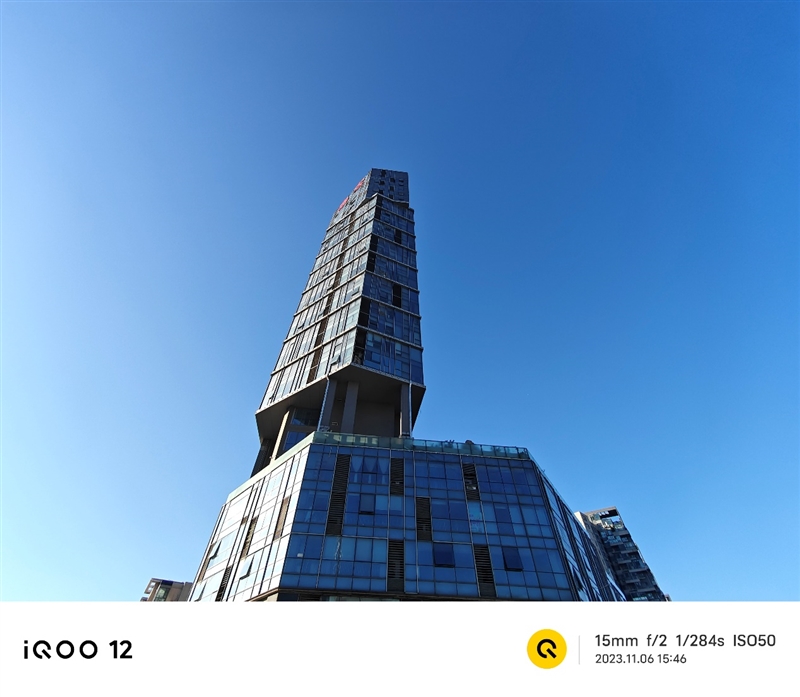
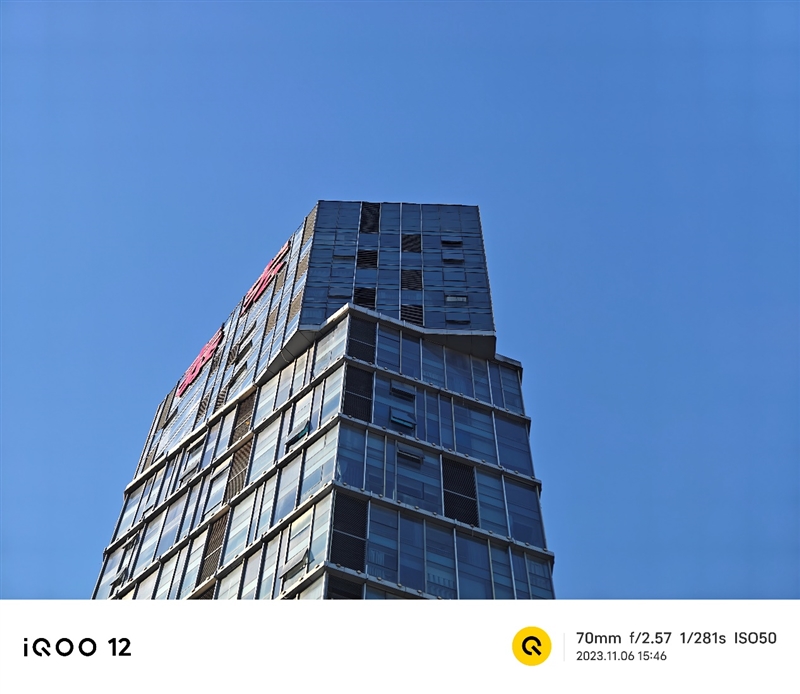
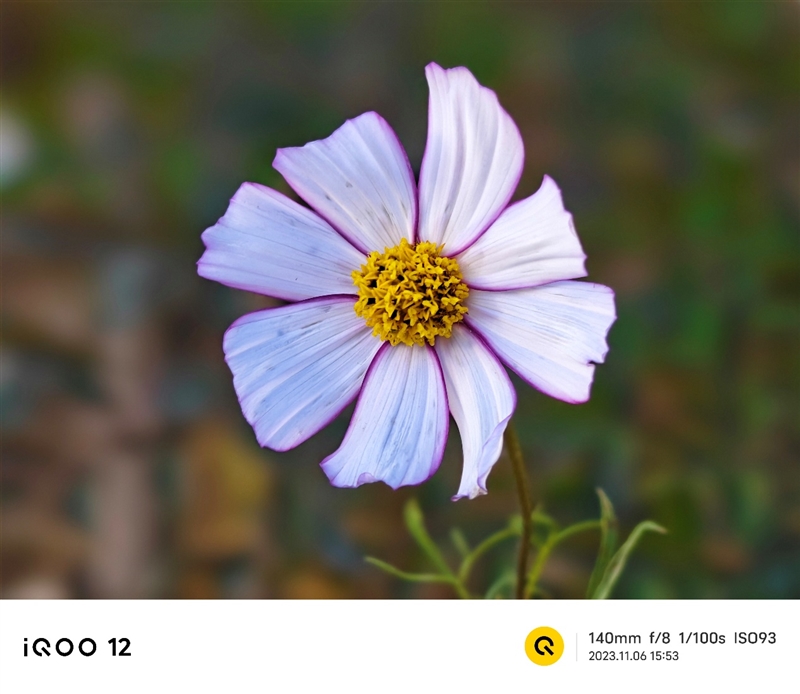
Generally speaking, the saturation of the main camera shot is a bit high, and the colors are more gorgeous. Especially for buildings with more colors, it is easier to optimize the rich colors, which look pleasing to the eye.
The 50-megapixel ultra-wide-angle lens eliminates distortion on both sides of the picture by default, and when you zoom in to observe the picture, you can even easily see the details at the edges. In addition, its color latitude is consistent with that of the main camera, which ensures that the colors of the overall picture are consistent when shooting.
The telephoto lens supports native 3x optical zoom without cropping, and can directly output 64MP images using high pixels. However, in daily use, it is recommended to use the default four-in-one 16MP pixels for shooting, which can 0.7μm of single pixels to maintain a higher dynamic range.
Telephoto macro
In addition, the periscope telephoto lens equipped with iQOO 12 takes into account the telephoto and macro photography capabilities. It can shoot close-ups or macro pictures with a focusing distance of 15cm, and the background will be automatically blurred when shooting, so that the macro picture has a strong sense of atmosphere and captures fine details, thus presenting a professional and advanced feeling.
Night sample
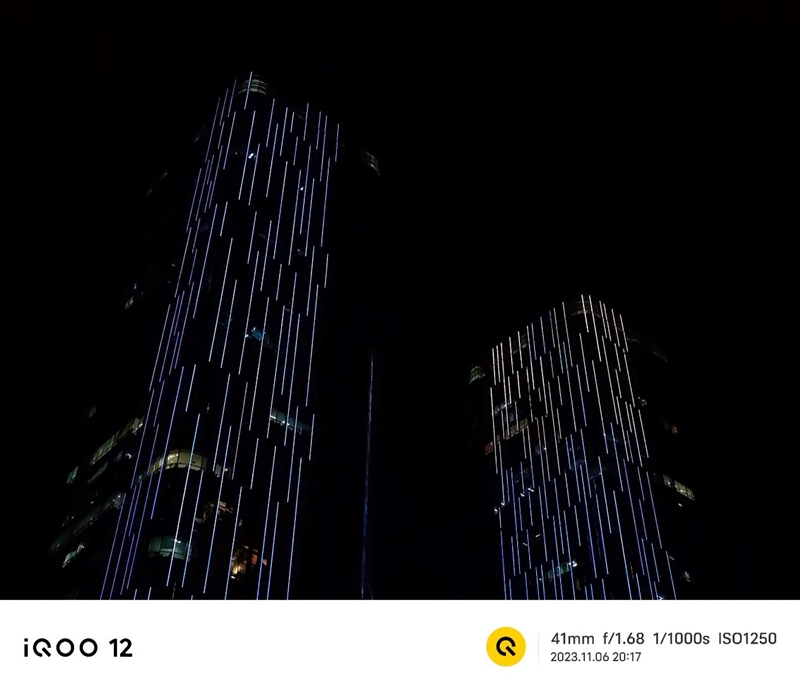
In night scenes, high exposure can produce purer pictures. In multi-light scenes, the light control of light signs is relatively good. Even if the picture is cropped, there will not be too much noise.
In terms of look and feel, it is easy for iQOO 12 to capture colorful night scenes.
Battery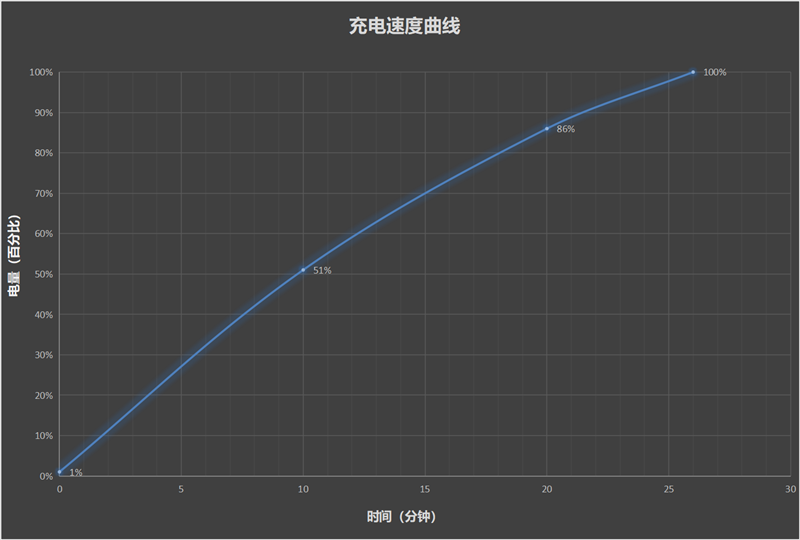
iQOO 12 has a built-in 5000mAh super graphite battery. In the same volume, the battery has greater energy density, which also brings greater battery capacity. Compared with iQOO 11, the battery capacity is increased by 9%.
Moreover, with the support of a large battery, the charging power of the mobile phone has not been reduced at all, and it comes standard with 120W dual-core wired fast charging.
In this regard, we also tested the charging capacity and battery life of iQOO 12.
Charging test
A charging test was conducted with the screen off. Starting from 1%, it was charged to 51% in 10 minutes, to 86% in 20 minutes, and it only took 26 minutes to fully charge.
With this ultra-fast charging speed, the battery can be fully charged in just one meal.
Endurance test
For the battery life, we use the professional battery life testing tool – Battery Dog produced by Kuai Technology for testing.
For the test items, we chose the extreme battery life test and checked all test items including CPU high voltage, CPU multi-threading, AI recognition, picture browsing, video playback, and web browsing to simulate real-life usage scenarios and restore the real load to the greatest extent. Infinitely close to the real power consumption situation.
After continuous and uninterrupted testing by Battery Dog, iQOO 12’s power consumption went from 100% to 20% in 8 hours, 16 minutes, and 39 seconds. After conversion, the full battery life can reach nearly 10 hours, which is fully capable of meeting the intermittent use of daily users throughout the day.
Read Also: iQOO 14 Pro Preview: Redefining Flagship Excellence with Cutting-Edge Features
Verdict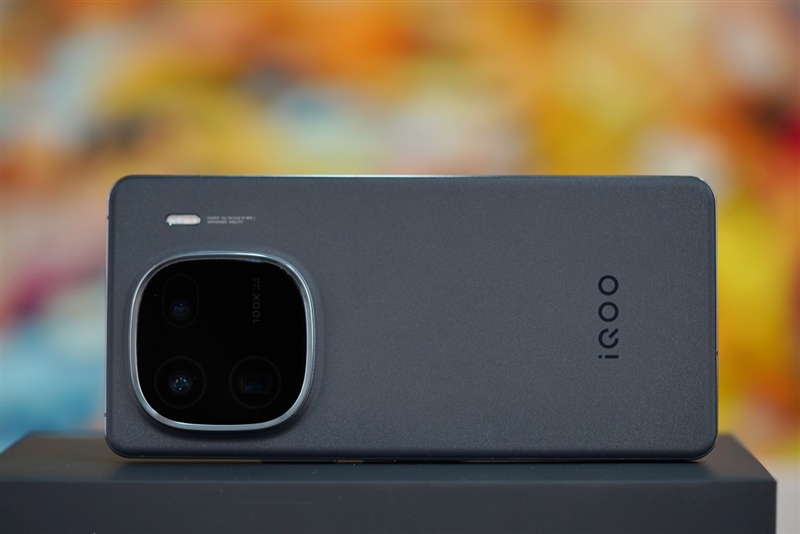
After a period of experience, we make the following summary of iQOO 12:
The design of Wanli portholes and the combination of square and round lens modules are natural, forming the exclusive appearance characteristics of the new generation iQOO. The multi-layered texture of the portholes is decorated to make the lens no longer so obtrusive, and the lens is eliminated when held in the hand. sense of prominence.
The third-generation Snapdragon 8 mobile platform, supplemented by full-blooded LPDDR5X memory + UFS 4.0 flash memory, the hardware specifications of iQOO 12 are the benchmark for this year’s top flagships. Combined with the OriginOS 4 operating system, new icon design, and animation effects, it provides users with a smoother, smarter, more personalized, and better user experience.
The self-developed Q1 chip for e-sports is not only a frame insertion chip, but also a terminator of high GPU load. Emerging hardware killers such as Honkai Star Iron, with the help of this chip, directly increase the frame rate of the picture to 90FPS. Above, the power consumption is consistent with the default 60FPS, which is enough to illustrate the importance of this chip to the game.
Moreover, if you don’t need ultra-high frame rate games, with the help of this Q1 chip, you can further reduce the load on your phone and play 3D large-scale mobile games with lower power consumption. After our actual testing, while optimizing power consumption Under the conditions, the power consumption of Honkai Star Iron dropped by 28.4% compared to the default 60 frames, and the temperature of the body dropped by up to 3.8 degrees Celsius.
With the Q1 chip for e-sports, we can use the ability to reduce power consumption in the summer to play mainstream 3D masterpieces without burning hands and use the ability to increase the frame rate in the winter to increase the game’s graphics to the original frame rate of the screen.
In this way, it not only solves the problem of high-temperature frame drop but also ensures that the game can be played at an ultra-high frame rate, killing two birds with one stone.
In terms of imaging, iQOO 12 introduces a low- to mid-range periscope telephoto lens for the first time, which cleverly perfectly integrates the three photography capabilities of telephoto, macro, and portrait.
In actual tests, we found that the 70mm focal length brings great flexibility and diversity to framing and photography. It can not only take close-ups but also capture extremely small objects, whether it is photographing the delicate texture of flowers or capturing insects. Tiny body structures can be realized through the macro photography function of this periscope telephoto lens.
Taken together, iQOO 12 can not only meet users’ needs for high performance, but with the self-developed Q1 chip, it can even break through the constraints of the game’s native image quality and frame rate, and can also provide an excellent photography experience and excellent visual enjoyment. There is no doubt that iQOO 12 is the most versatile standard mobile phone so far.
For those users who love e-sports and pursue leading technology, iQOO 12 is undoubtedly the most worth buying gaming console in the current price range of 4,000 yuan.

.jpg)








